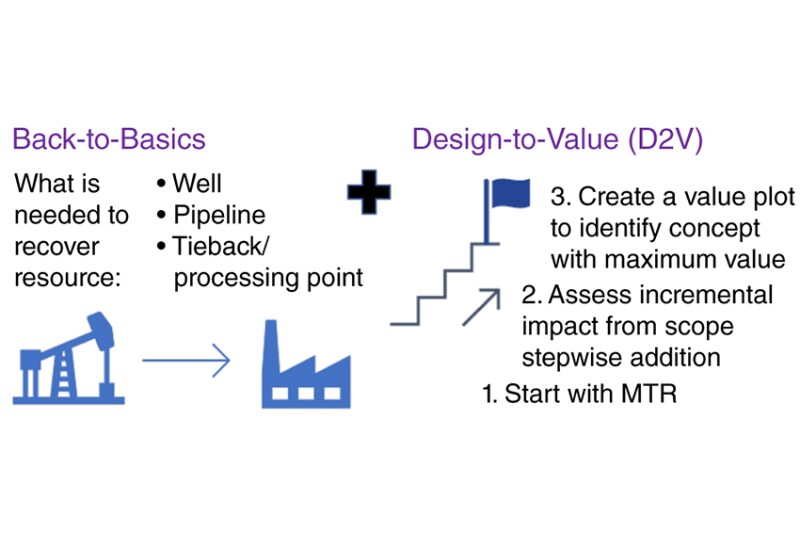价值是由一定数量的功能或从投资资源中获得的回报来定义的。在极其边际的油气田,回报很难满足投资资源的盈利要求。搁浅的、广泛分散的资源使情况变得更加复杂。完整的论文分享了一种为这些领域生成概念性油井和设施开发概念的方法,方法是将重点转移到价值设计上,以严格提高项目的可行性。
基于案例研究的问题陈述
案例研究 X油田位于亚洲近海,是该地区众多石油资源之一,其原始储层和地层的体积虽小,但如果集中开发,可提供相当大的可采量。

价值是由一定数量的功能或从投资资源中获得的回报来定义的。在极其边际的油气田,回报很难满足投资资源的盈利要求。搁浅的、广泛分散的资源使情况变得更加复杂。完整的论文分享了一种为这些领域生成概念性油井和设施开发概念的方法,方法是将重点转移到价值设计上,以严格提高项目的可行性。
案例研究 X油田位于亚洲近海,是该地区众多石油资源之一,其原始储层和地层的体积虽小,但如果集中开发,可提供相当大的可采量。

Value is defined by a quantum of functions or returns received from resources invested. In extremely marginal oil and gas fields, returns hardly meet invested resources profitably. Stranded, widely scattered resources add to the complication. The complete paper shares an approach to notional well- and facility-development concept generation for such fields by shifting emphasis to designing for value to improve project viability rigorously.
Case study Field X, located offshore Asia, is one of many oil resources in the region with virgin reservoir pockets and layers that are marginal in volume yet can provide a considerable recoverable volume if developed collectively.
